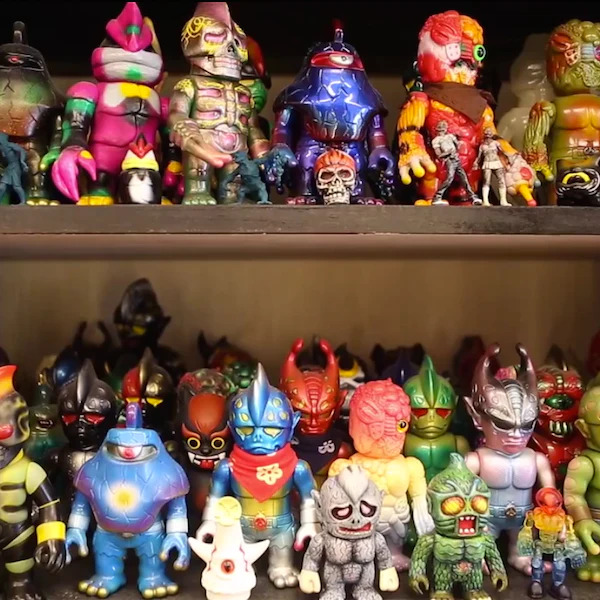Sofubi is the Name of Japanese Dolls
Chapter 1 – Japanese Dolls – A Deeply Embedded Culture
Japan has a rich, multifaceted culture that offers some very unique aspects seldom found in any other culture or tradition. From the country’s various religions to the complex social conventions, from the bravest of samurai warriors to the spiritual Sumo ritual, Japan has a glorious history and a unique culture that mesmerizes anyone who wishes to explore the versatile aspects of its culture. The culturally distinguished Japanese dolls are one such aspect that dates back to 8000 BC and is still going strong.
Japanese dolls are intricately woven into Japanese culture and history, associated at times with religion, backed by myths, and often considered as bringing good luck or warding off evil spirits from the owner of the dolls. The various types of traditional dolls represent mostly babies and children, figures of officials from the imperial court, heroes, warriors, characters of fairy tales, gods, and mythical creatures, including demons as well. Some of these dolls have a long story to their existence, date back to centuries in tradition, and are still part of the Japanese culture today.
Today, Japanese dolls are mainly used for household shrines or formal gift-giving at festivals or special occasions. Some of the Japanese dolls hold special significance in festivals such as Hinamatsuri, which means the doll festival, and Kodomo No Hi, which means Children’s Day. The dolls are also crucial in some religions followed in Japan, where local artisans prepare dolls purchased by pilgrims visiting different temples, either as souvenirs or as offerings kept in those temples.
History of Japanese Dolls
The Jomon and Edo Era
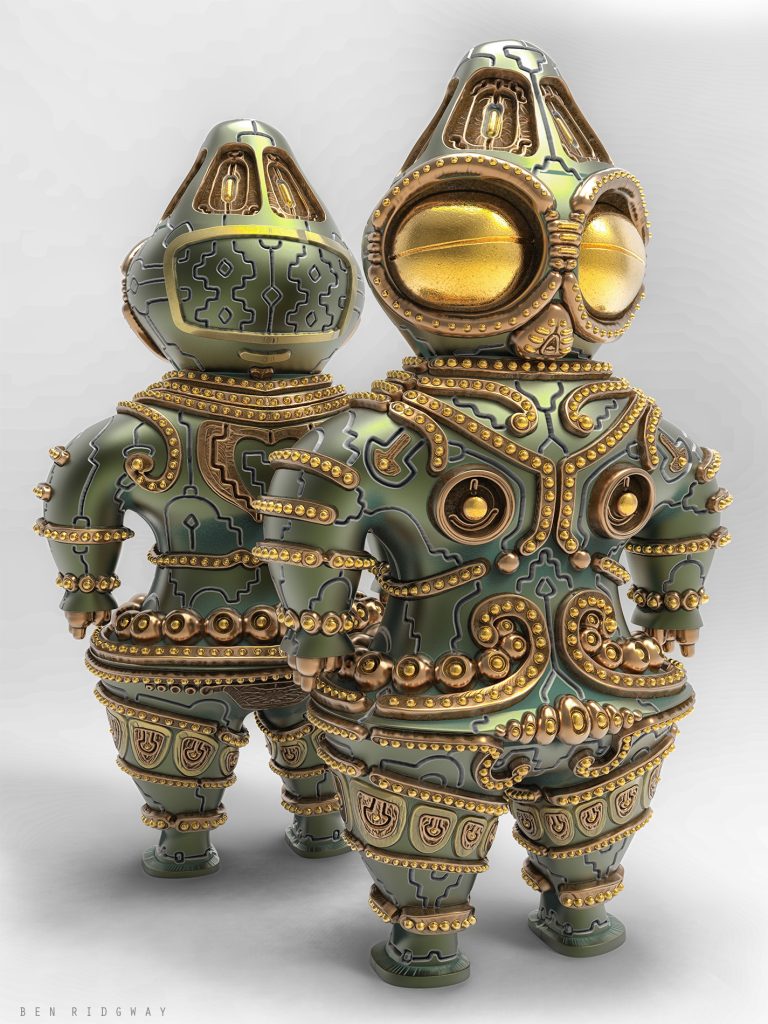
The earliest dolls made in Japan date back to the ancient Jomon culture dating 8000 – 200 BC, when the making of “Dogu,” meaning humanoid figures started off. Though there is no evidence of how these dolls originated and for what purpose, the latest evidence found by archeologists was of the Haniwa doll, a funerary figure found in the Kofun culture dating somewhere around 300 – 600 AD. Haniwa doll was made of grass and was blessed and thrown in the river to ward off any evil spirit from the dead. The Haniwa custom is said to be the reason celebrating the festival of Hinamatsuri (doll festival) is celebrated even today.
Till the start of the eleventh century, dolls had taken a much more significant position in Japanese society, serving not only as toys for young girls but also being used by women as protective figures for children used in religious ceremonies. Special dolls were prepared who could take up all the sins of the person they touched and later were thrown in rivers to ward off all evils.
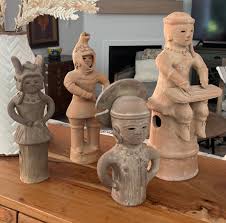
Different dolls made of varying materials were associated with various effects they had. For example, “Hoko” was a doll with a soft body and was considered a protective avatar in the Heien and Muromachi periods. Young ladies of age and pregnant women kept this doll with them as a talisman to protect the woman and the unborn child from any evil spirit.
The advent of the 14th century witnessed the Okiagari-Koboshi dolls made of papier mache. These were tumble, roly poly-styled dolls considered symbols of resilience and perseverance and were kept at homes as a good luck charms.
The first professional doll makers emerged in the 17th century when dolls started to be sculpted for temples out of wood, referred to as “Saga dolls.” Japan was closed to almost all trade from the outer world during the Edo period (1603 – 1867). The art of doll-making refined and flourished during the period as wealthy Japanese would pay fortunes for sets of dolls beautifully crafted as valuable gifts or home decoration pieces. Most traditional dolls in Japanese culture emerged in the Edo period. The details are given blew.
Hinamatsuri
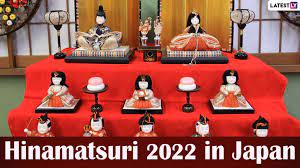
The festival of dolls celebrated on 3rd March every year involves using Hina dolls made today with different materials. Traditionally, Hina dolls were pyramidal bodies stuffed with straw or wood blocks and heavily layered with textiles. The dolls had wooden carved hands, feet, and a wood-carved head with glass eyes. The hair of hina dolls was either made of silk or human hair, and the festival revolves around a whole set of 15 dolls, representing different characters, with the main ones being a man-woman pair referred to as the Emperor and the Empress.
Kintaro
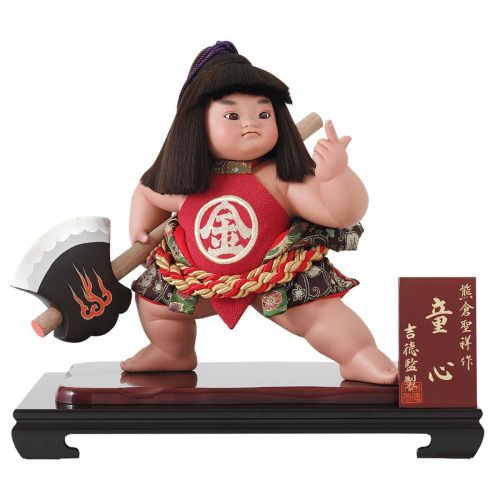
Kintaro dolls are traditionally presented to children in the Tango No Sekku holiday to inspire them towards strength and bravery, as shown by Kintaro, the legendary boy hero of Japanese folklore.
Musha
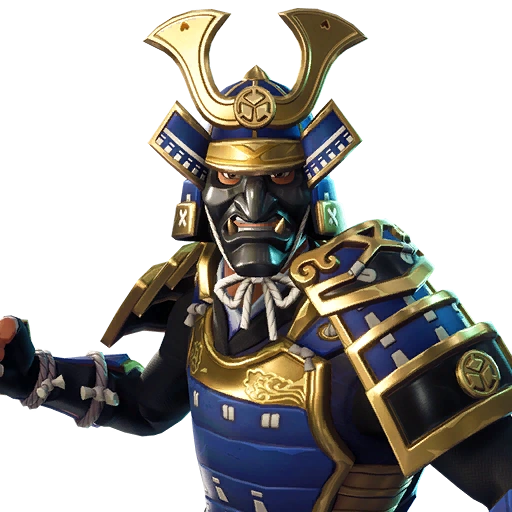
The warrior dolls today are made of several different materials. However, they are complex figures as male and female dolls are often shown seated on chairs, wearing lacquered paper helmets and weapons, riding horses, or simply standing figures. Popular Musha doll characters include Emperor Jimmu, Empress Jingu, Takenouchi, the demon dweller Shoki, etc. Other fairy tale characters such as Kintaro the golden boy and Momotaro the peach boy are also some famous Musha dolls.
Gosho
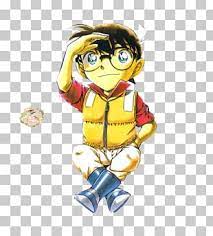
Gosho is a fat and cute baby figure doll. The basic Gosho doll is an almost naked male baby with very pale skin and intricate clothing, accessories and hairstyle.
Kimekomi
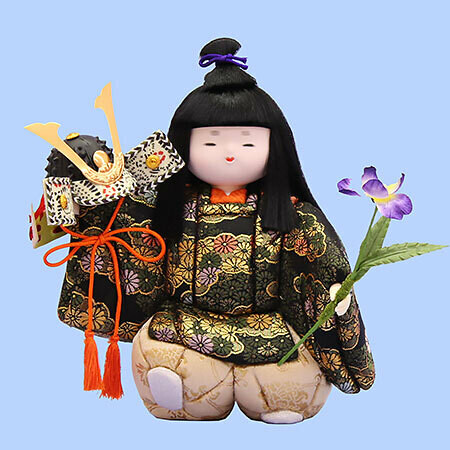
These wooden dolls were traditionally carved from willow wood and decorated with pieces of cloth.
Kimekomi is not merely a type of doll; it was also referred to as a special method of making dolls. The dolls had a carved or molded head with the clothing used to adorn the dolls tucked in between the different wood pieces that constituted the dolls.
Kakakuri Ningyo
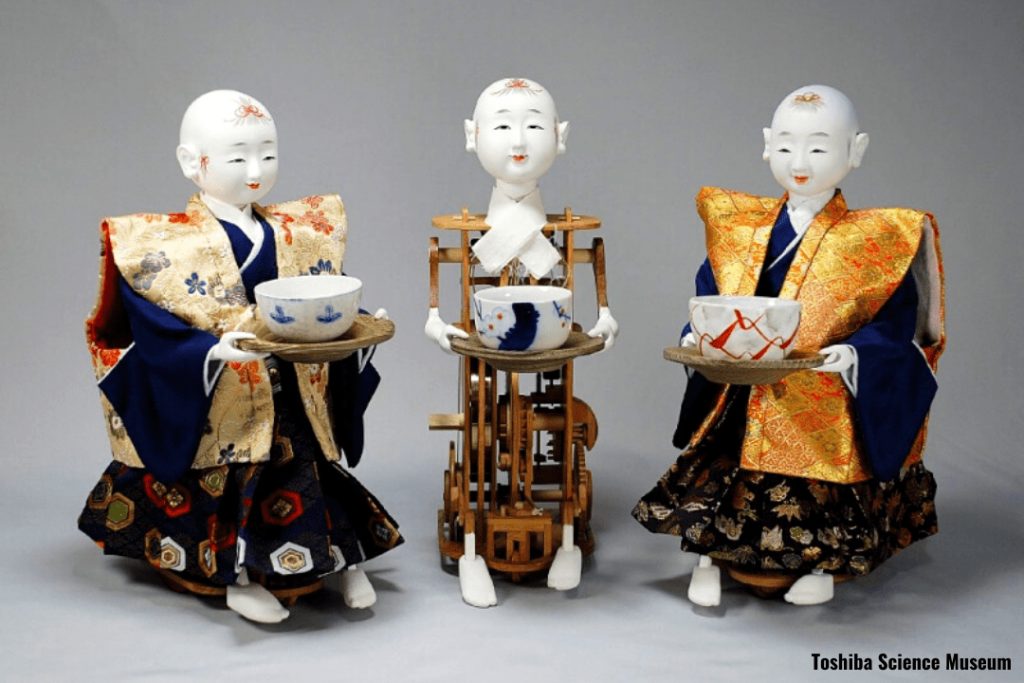
These mechanical dolls or puppets represented larger-than-life figures used mostly on festival floats. These dolls depicted legendary statistics of Japan.
Kokeshi
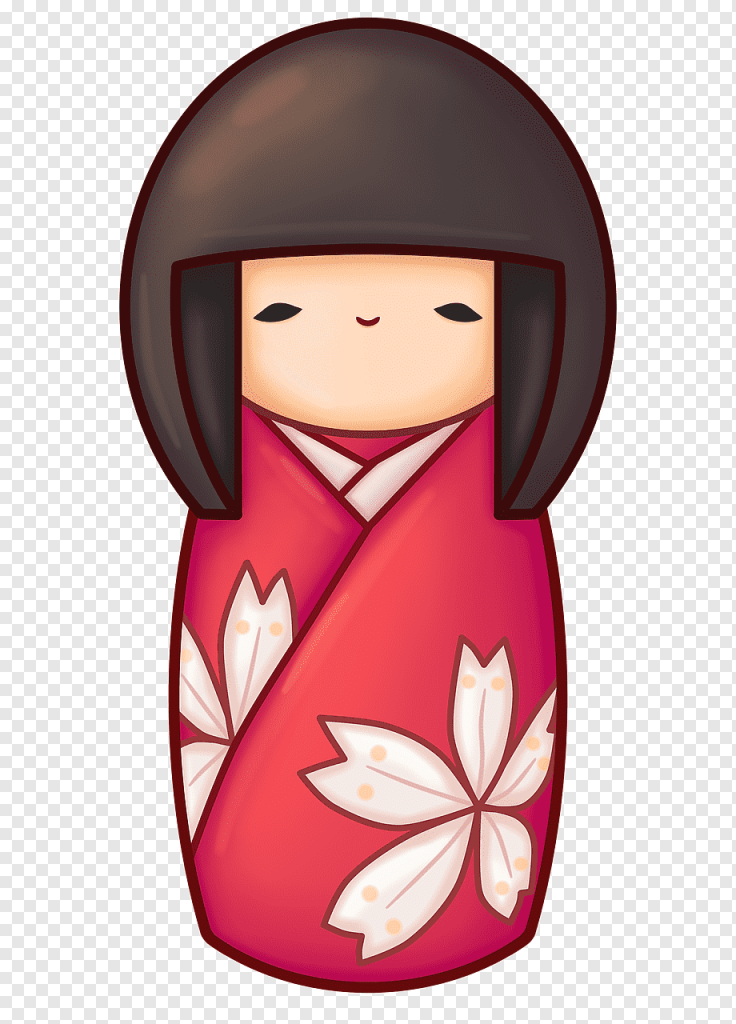
This doll is around 150 years old and originated in mainland Japan, made initially as toys for children of farmers. These dolls have no arms or legs but only a round head and a cylindrical-shaped body. Today these dolls are considered Japanese craft souvenirs and attract tourists visiting the country.
Iki Ningyo
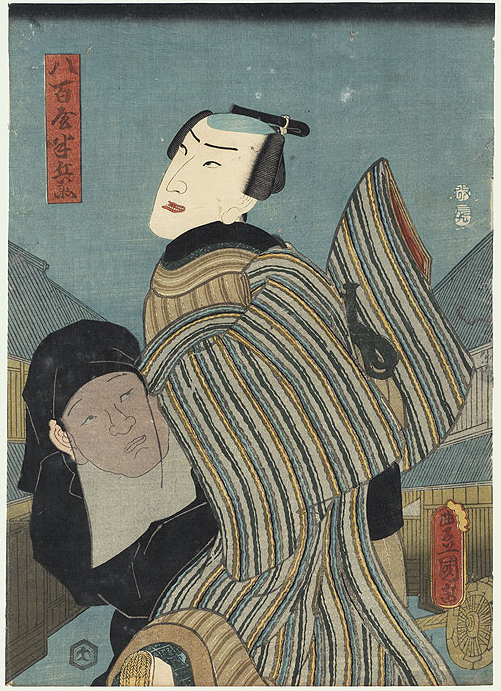
In the Edo period, Misemono, Japanese for exhibitions or shows, was an essential urban cultural part of daily life. These shows were commonly put on to raise funds for temples or shrines. This is a life-sized doll used popularly in Misemono shows. These dolls were praised particularly for their depiction of realism, especially when they were made by their original creators, Matsumoto Kisaburo and Yasumoto Kamehachi.
Ichimatsu
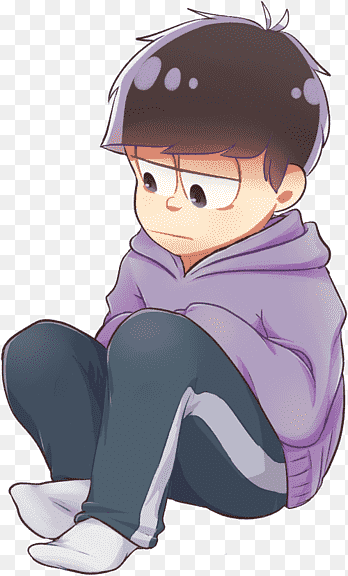
Named after a famous Kabuki actor of the 18th century, these dolls represented children, boys, and girls figures in accurately proportioned real-life-sized bodies. The boys were depicted as having mischievous faces, whereas the girls had gentle and delicate expressions faces with elaborately styled kimonos.
Daruma
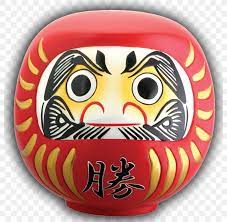
These are sphere-shaped dolls with white faces, red bodies, and no pupils in the eyes. Such dolls represent Bodhidharma, the founder of Zen, who is said to have removed his eyelids to prevent him from sleeping and breaking his concentration. These dolls are considered good luck charms that guarantee continued prosperity, good fortune, and fortitude toward goal accomplishment. These dolls are often purchased without pupils on New Year, and an eye is painted while making a wish. The other eye is painted when the desire is fulfilled.
Teru Teru Bozu

Teru Bozu, or the shine monk, is a handmade doll using a cloth or white paper. This, however, is not a doll in a true sense, but rather a window hanging that people put on to prevent rain or bring good weather.
Hoko
A soft-bodied, crawling baby-shaped doll used by young Japanese and pregnant women to ward off evil spirits and stormy eyes. This doll was considered a talisman that protected its owner.
The Meiji Era
The end of the 1800s saw the end of the Edo period and the arrival of the Meiji era, which also transformed the art of doll-making in Japan. Dolls started having a mask face or silk texture skin, with intricately designed kimonos and served mainly s souvenirs for tourists that visited the country in the 1920s and 1930s. The Meiji era also says the beginning of Bisque doll making, using fired clay. Today Japan is home to a wide variety of traditional and hybrid dolls, with the ball-jointed dolls being a popular hit not only | in Japan but also in other developed countries such as USA and UK.
Japanese dolls today are popularly made of polyurethane resin, offering them incredible durability. Not only are these dolls a wonder to own, but they also allow their owners to change their eye colors, wigs, face paint, etc. and can be customized countless times, making them a collector’s delight. The Super Dollfie, first introduced to the rest of the world in 1999, managed to gather a broad audience all around the globe with its anime aesthetics and realistic looks.
Historical Uses Of Japanese Dolls
Dolls are so finely embedded in Japanese culture due to the uses associated with the different dolls in the different eras. Most information related to ancient types and services of dolls is derived from the famous books by Lea Baten and Alan Pate, who extensively researched the history of Japanese beauties. A deep understanding of these traditions and uses linked with dolls help offer more meaning to the modern-era Japanese doll saga that is taking over the world today.
Personal and Domestic Uses Of Dolls In Ancient Japan
Dolls As Talisman
Some dolls, such as Hoko and Amagatsu, were used as protection talismans for pregnant women and their unborn children. The purpose of these dolls was to serve as twins to the newborn baby, which would distract the evil spirit into thinking of it as the baby, saving the infant child from those evil spirits that occurred in the form of diseases. These dolls were usually destroyed as the child grew up. The custom is said to be practiced in the Heian era. Other practices, such as dog-figured dolls, were kept by young women, only to be burned when they got married along with other protective dolls, signifying fertility for the woman in married life.
Other red-colored or red-haired dolls were also used as a talisman to prevent sickness and illnesses. These dolls were placed by the bedside of young, sick kids to be destroyed later on when the child recovered.
Teru Teru Bozu was another talisman hung on windows as a weather or rain charm in the ancient Edo era.
Dolls As Festival Association
Dolls in Japan have been associated with the five famous festivals observed in Japan since the Edo era and in China from earlier on. There were special dolls for the five occasions, namely
- The New Year Festival
- The Doll Festival;
- The Horse Festival
- The Start Festival, and
- The Chrysanthemum Festival
Hagoita, a padded doll, along with Daruma dolls, are associated with the New Year festival, representing the undertaking of a new task and their accomplishment.
The Doll Festival, popularly known as Hinamatsuri and celebrated on 3rd March, involves displaying a whole set of dolls on a red stand. Women and girls visit each other’s collection and praise it as a memoir of the 1620s imperial court, where the festival was initiated.
The Horse Day, also previously termed as the Boys Day and presently Children’s Day (Kodomo No Hi), is celebrated on the 5th of May. Musha, the warrior dolls, are an integral part of this festival.
Dolls As Souvenirs
The ancient Japanese dolls are still used as souvenirs, either collected as collectibles by tourists, collectors, or hobbyists, besides serving religious purposes to be sacrificed to gods in temples and shrines.
These dolls also serve as gifts and decoration pieces adorning many Japanese and foreign homes, while some families carry these dolls as personal heirlooms.
Religious Uses Of Dolls In Ancient Japan
In ancient Japanese culture and religion, dolls served as substitutes for the person owning them.
These dolls were responsible for taking in the evil spirit, who would otherwise attack the soul of the doll owner. As the doll is touched or rubbed by the person owning it, all evil spirits convert to it, owing to which it is either burned or thrown in running water later on.
A very prominent practice of this custom is the Nagashi-bina, where ladies rubbed on or breathed on a doll and set it on a boat to sail away, taking all sins and evil spirits with it. This custom was later shunned after the famous Japanese folklore, the Tale of Genji, backfired the custom when it defined that the sea god who fell in love with a doll of Genji when he saw it on a boat at sea later decided that he wanted the real Genji instead of the doll.
Some dolls were also used as memorials or figures of the dead individual. The dead in ancient Japan were termed as the lost child, and often parents or other family members would offer a doll dressed as a bride or groom for the dead, placating that the doll’s soul would unite with the spirit of the dead and serve as a companion.
Commemorative Uses of Dolls in Modern Japan
Japanese dolls took a new turn in Modern Japan, serving as gifts and symbols of friendship with other countries. Dolls started being made commercially and were presented to officials on special occasions. The Yamaha company in the 1980s offered specially made dolls to their US distributors as a token of friendship and as the realization of their efforts. Also in 1854, when Commander Perry arrived in Japan to persuade Japan to enter into diplomatic and commercial relationships with other countries, he returned home with many high-quality Ichimatsu dolls, now preserved in the Smithsonian Museum.
Economic Significance of Dolls in Modern Japan
Today’s doll-making sector is among the most significant in Japan’s economy. Initially, Japanese dolls were mostly handmade by individuals or makers or made by specific communities in specific areas to sell as souvenirs. As Japan progressed and started commercial activities with the outside world, Doll making industry was the first to gather attention from external borders.
Chapter 2 – The Legend of Kaiju
Please contact the writer.
Need Help or Advice in Academic Writing
See Samples
https://independent.academia.edu/shamsulIslam8
Need Help or Advice in Content Writing Management:
Would you like more advice? Do you have good practices to share? Express yourself in the comments.
Also, if you want help in writing content to drive more traffic and boost conversions; please get in touch through Contact our team.
Do you want help writing quality content, driving traffic to your website, and boosting conversions? You can contact me through my Freelancer.com profile also. I always prefer to work through my Freelancer.com profile for smooth functioning. Here you pay safely and securely.
Read More:
SMALL BUSINESS SATURDAY: MARKETING AND PROMOTION IDEAS FOR BUSINESS OWNERS
SWOT ANALYSIS OF LAY’S | READ SUCCESSFUL JOURNEY AND MARKET SHARE
